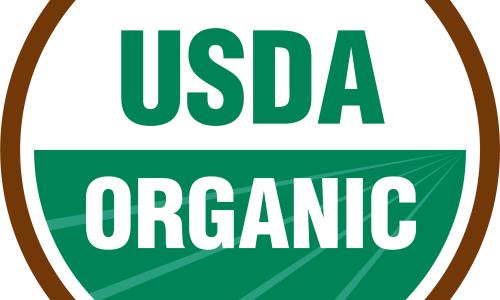Microbial products are becoming a big part of both organic farming and food production. Whether it’s a probiotic for food or a soil inoculant for crops, the same question always comes up:
Does this meet USDA Organic (NOP) requirements? Here’s a simple breakdown of what you need to know.
NOP Rules for Certified Organic Products (Food)
The National Organic Program (NOP) is part of the USDA and is written in 7 CFR Part 205.
The product must use microbes that are:
1. food-grade
2. naturally occurring
3. non-GMO
The key section is §205.605(a) it allows: Microorganisms – any food-grade bacteria, fungi, and other microorganisms.
That means bacteria like Lactobacillus, Bacillus, or Saccharomyces can be used in certified organic products as long as they meet basic safety and purity standards (like GRAS).
Note on “Processing Aids”
A processing aid is something used during production but not meant to stay in the final product.
NOP defines it as a substance that:
- Is removed before the food is packaged, or
- Turns into natural components during processing, or
- Remains only at insignificant levels with no function in the finished food.
If your microbes fit one of these cases, they can often be treated as processing aids instead of active ingredients which makes approval simpler.
For Crop Inputs (Fertilizers and Soil Products)
If your microbes are used in a fertilizer, soil amendment, or microbial inoculant they must meet organic production rules instead of just food handling rules.
- The microbes can’t be genetically modified or synthetically produced.
- The growth medium used to culture the microbes must be made from approved ingredients (or removed during processing).
- The final product must not include prohibited substances or preservatives.
In other words, both the microbes and the materials used to grow them must comply with the National List (§205.601) or be classified as natural.
Labelling
Even if the microbes are compliant, your label claims decide how regulators classify your product:
- If you claim to control pests or disease, that’s an EPA pesticide.
- If you claim to improve nutrient uptake or soil health, that’s a fertilizer/soil amendment, which requires state registration.
- If you use microbes in food production or processing, it falls under NOP handling and labeling rules.
What to Include in an OMRI/NOP Review
- The microbial species and strain names, source
- Manufacturing process and flowchart
- Details on culture media ingredients, consumed or in the final product
- Evidence of GRAS or food-grade status
- Final product composition and whether microbes remain active
- Final product compliant label and SDS


